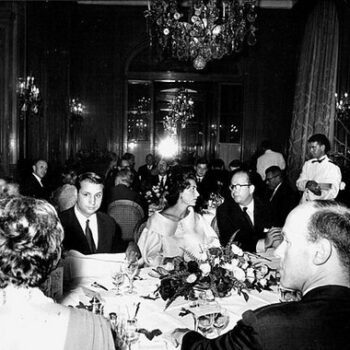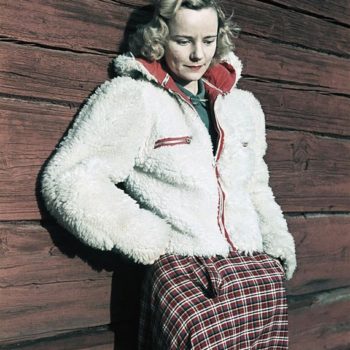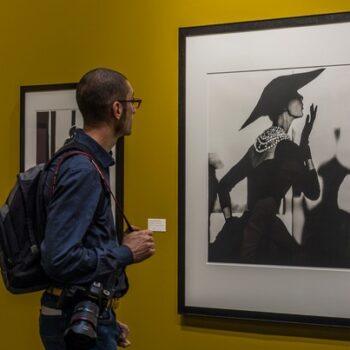Sonia Delaunay fashion – Part 2
May 16, 2015This film, made in 1920 is about Sonia Delaunay’s fashion. Called Mademoiselle Y, it is, quite amazingly, in colour, and shows models yanking off clothes in irritation and glaring at the camera.
No artificial smiles here, but a wonderful illustration of the way that Delaunay’s colours played off each other and her use of circles in design.
Sonia Delaunay Fashion – Part 2
The clothing itself had moved on apace since Sonia’s first forays into home dressmaking.
At the outbreak of war Sonia and Robert happened to be on holiday in Spain and decided not to return to Paris, instead spending seven years travelling Spain and Portugal.
Sonia lost her private income after the Bolshevik Revolution in 1917, and decided therefore to concentrate on the applied arts – very successfully as she opened Casa Sonia in Madrid in 1918, a shop that sold accessories, furniture and fabrics, and took on commissions for clothing. She had a team of professional seamstresses to produce these.
Shoes, parasols, skirts and sideboards: she could and did design them all. More branches of Casa Sonia soon opened in Bilbao, San Sebastian and Barcelona.
Sonia also designed for the Ballet Russe, her theatrically bold prints and geometric shapes ideal for this.
She was not a connoisseur of cut or master tailor: the simple, unstructured shapes pioneered in the 20s by masterminds such as Chanel produced an ideal canvas for the vibrancy of simultaneous designs.
A more fitted shape or intricate cutting method would have sliced apart the big, bold repeats she enjoyed making.
A coat made for Gloria Swanson is heavily embroidered in coarse wool: beautiful in black and white photographs, it seems it would be supple and subtly nuanced but in real life it is unexpected stiff and blocky.
Sonia Delaunay fashion – Part 2-wallpaper and fabric designs
The wallpaper and fabric designs she made for Metz & Co, over 200 of them by the 1960s, were in the same vein and wildly successful.
She also has a textiles label called Tissus Delaunay which sold her designs worldwide.
Sonia Delaunay’s new fashion business ventures didn’t cause her to lose touch with artists, although living in Madrid the Parisian avant-garde was out of reach for her and Robert now.
Instead she made contact with the Dadaists in Zurich, and made a series of dress poems in collaboration with Dada poet Tristan Tzara, and the Russian Futurist poet Iliazd. She also made a curtain-poem with Philippe Soupault.
Sonia Delaunay fashion – Return to Paris
On her return to Paris in 1921, her home became a salon for those with artistic ambitions, and was decorated entirely in her designs. She also used it as a boutique and business premises.
She continued to design for the theatre and now film, with costumes for Tristan Tzara’s 1923 play Le Cœur à Gaz, costumes for the films Le Vertige directed by Marcel L’Herbier, both costumes and sets for the film serial Le Pe’tit Parigot (The Little Parisian) of 1926 directed by René Le Somptier; and furniture for the set of the 1929 film Parce que je t’aime.
The economic crash of 1929 forced Sonia Delaunay to close her fashion and textiles business, although she and Robert continued to paint and exhibit regularly.
Robert died of illness in 1941, but after a small break Sonia Delaunay continued to create works without her greatly loved partner and inspiration.
Sonia Delaunay worked up until her death in 1979 at the age of 94, and became known as a leading abstract artist, and an essential reference point for artists and designers today.
Read part one of Sonia Delaunay here



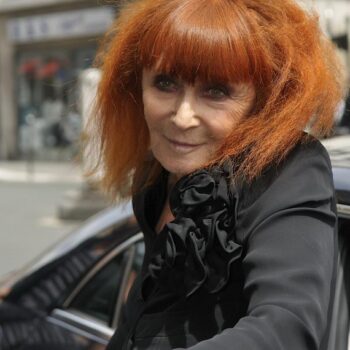
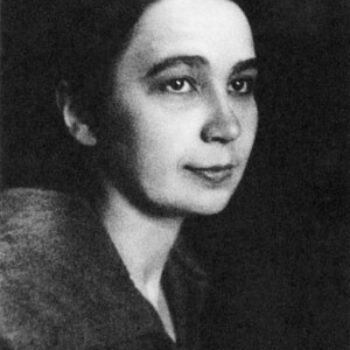
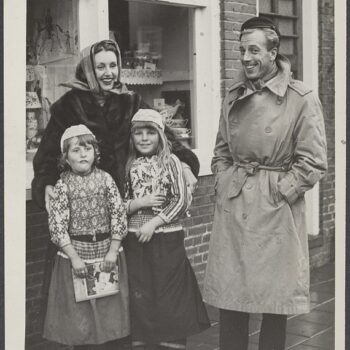

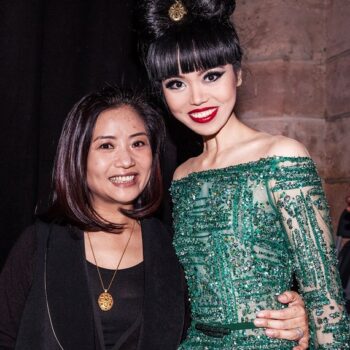
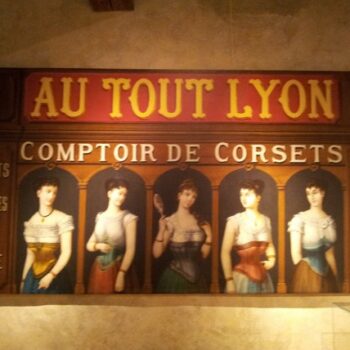
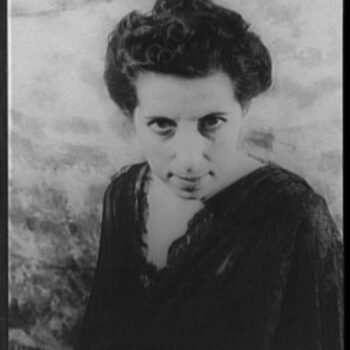
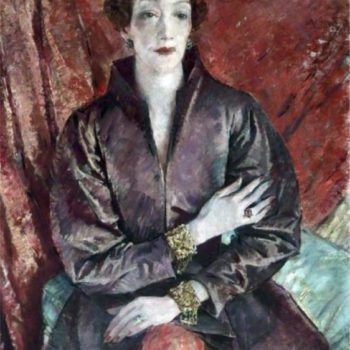
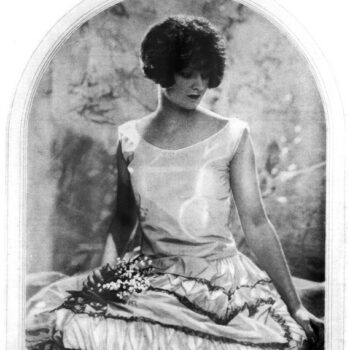

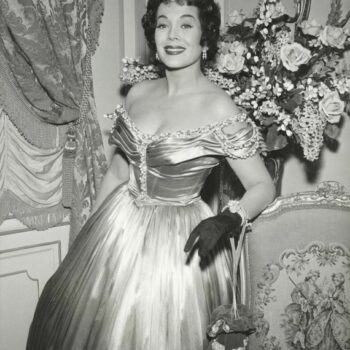
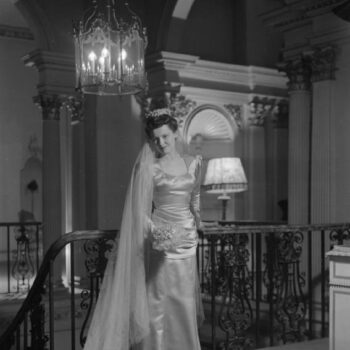
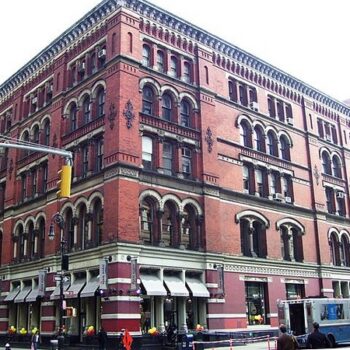
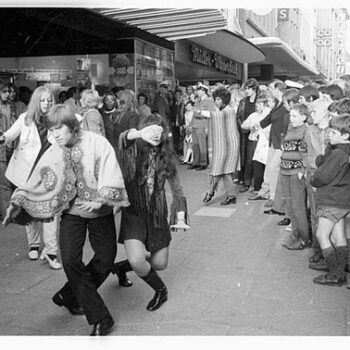
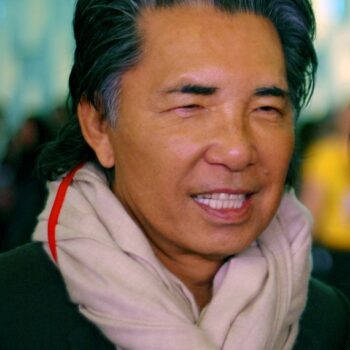
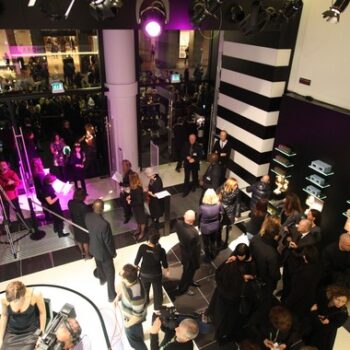

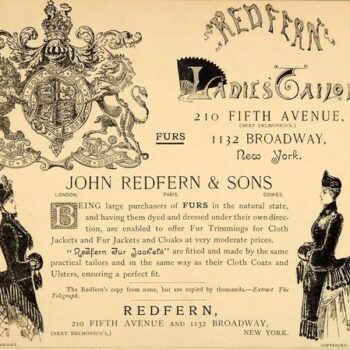
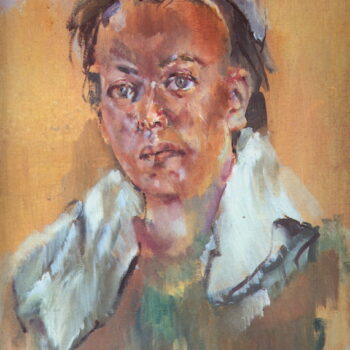
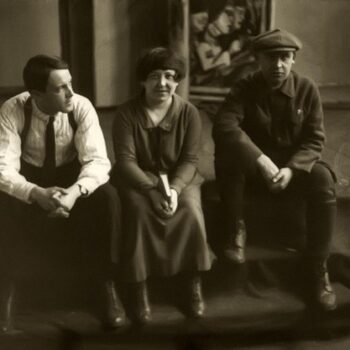
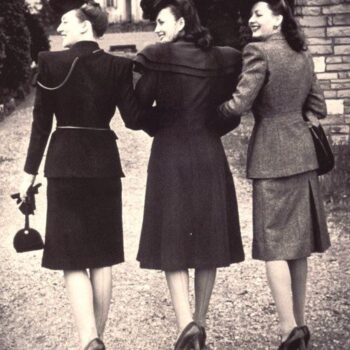
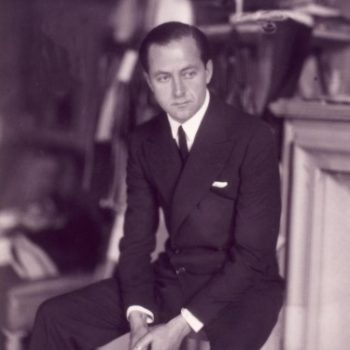
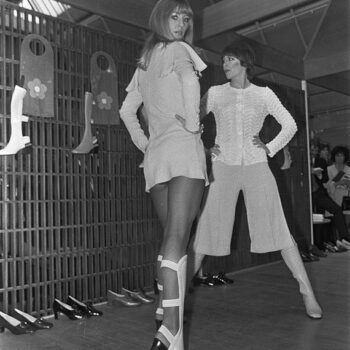
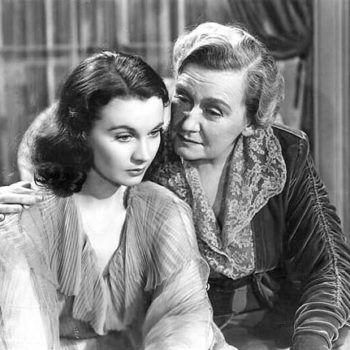

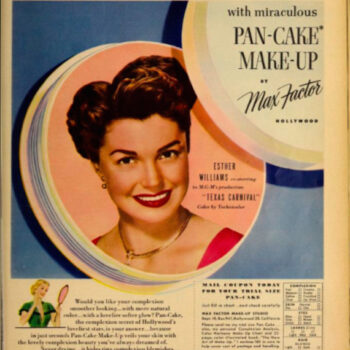
![What was 1980s fashion like, Gruppo_Italian, By Santulchix at the Italian Wikipedia project. [Public domain], via Wikimedia Commons](https://www.blue17.co.uk/wp-content/uploads/2018/04/What-was-1980s-fashion-like-Gruppo_Italian-By-Santulchix-at-the-Italian-Wikipedia-project.-Public-domain-via-Wikimedia-Commonso-350x350.jpg)
